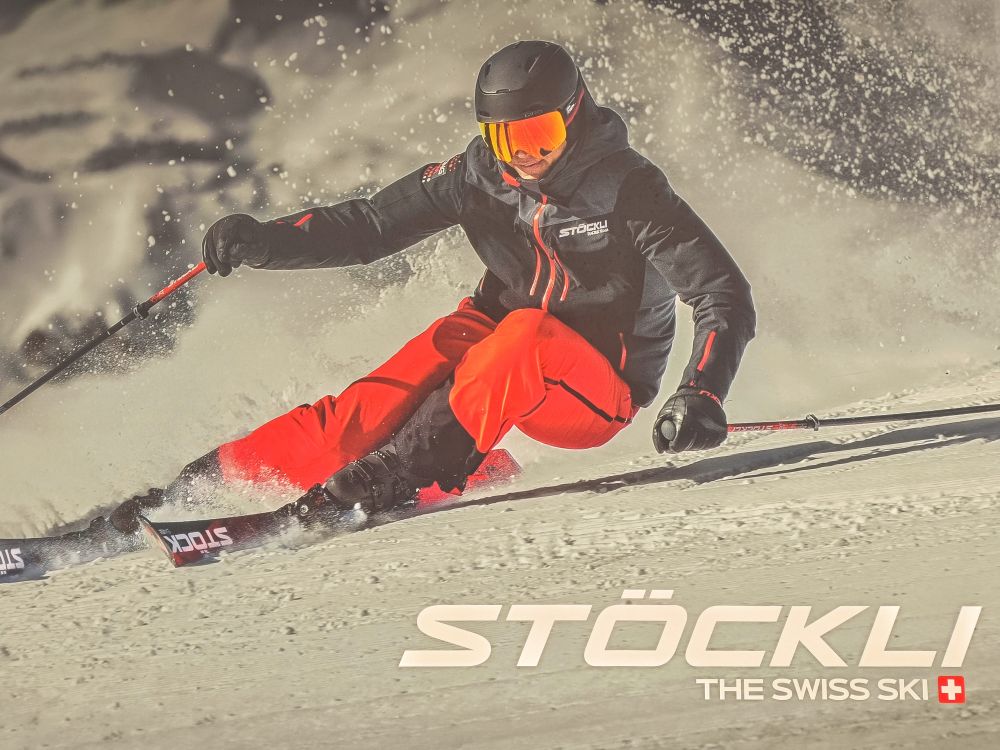Skiing: Difference between revisions
Amwelladmin (talk | contribs) No edit summary Tags: Mobile edit Mobile web edit |
Amwelladmin (talk | contribs) No edit summary Tags: Mobile edit Mobile web edit |
||
| Line 11: | Line 11: | ||
====Hike out==== | ====Hike out==== | ||
It follows your centre of gravity almost never between your skis. You can’t turn a bicycle without leaving over — putting your centre of gravity outside the centre line off the bike. Same goes for skis. The physics are the same. The skis have a sidecut radius: if they are on their edge ''they will turn''. How to you get them on their edge? You ''lean over''. Kean a lot, they will turn a lot. | It follows your centre of gravity almost never between your skis. You can’t turn a bicycle without leaving over — putting your centre of gravity outside the centre line off the bike. Same goes for skis. The physics are the same. The skis have a sidecut radius: if they are on their edge ''they will turn''. How to you get them on their edge? You ''lean over''. Kean a lot, they will turn a lot. Lean a little, they’ll turn a little. | ||
As you “hike out”, the bike (or skis) come round under you and stop you falling over. As you cross your centre of gravity the skis go under you, you are now leaning the other way, your centre of gravity is on the other side, the skis are on their other edge, hey presto: the sidecut turns them back towards your centre of gravity. Put them in an edge and ''modern skis ski themselves''. | |||
Your skis should be on one or other edge almost all the time, when you are “engaged”. | |||
====Bend ze knees==== | ====Bend ze knees==== | ||
Intermediate skiers stand up too straight. Your knees are a natural shock absorber, and they control how you initiate turns. Advanced skiers stay a lot closer to the mountain, almost in a sitting position. | Intermediate skiers stand up too straight. This is the vestige of the pigeon-toed snowplough nonsense in which it is hard not to stand straight up. You can’t stand up throw your weight around. You need to be in a | ||
Your knees are a natural shock absorber, and they control how you initiate turns. Advanced skiers stay a lot closer to the mountain, almost in a sitting position. | |||
Revision as of 20:46, 1 March 2024
|
The design of organisations and products
|
Going from intermediate to advanced is to throw off the bad habits they taught you in skischool. The main offender; the snowplough.
This teaches you to stand up, to scrape/skid out your edges as a way of staying in control, to keep your weight between your skis, and to turn by u weighting from your uphill ski and weighting on your downhill ski. All of these are bad habits. You can get away with them on the piste. They will kill you in hard terrain.
ABT: Always be turning
Your skis are meant to be on an edge. That means you should always be in a turn. You control speed not by skidding out but by how much of the turning circle you engage in before exiting the turn. If on motorway, rocking gently side to side, if on hard terrain pulling linked semicircles but always turning.
Turn with both skis: do not pick up that inside ski. Use it! This is a vestige of the turn as a last resort in moments of panic technique.
Get rhythm. Turn when you want to. Don’t let the mountain dictate. You are the boss. If you are in the right position — bend ze knees — your natural shock absorbers will deal with unexpected variations in terrain. The best way to learn this is Luke Skywalker style, with the force. If you don’t have peril-sensitive sunglasses, flat light or even white out will do — when you can’t see the contour, you can't return around it.
Hike out
It follows your centre of gravity almost never between your skis. You can’t turn a bicycle without leaving over — putting your centre of gravity outside the centre line off the bike. Same goes for skis. The physics are the same. The skis have a sidecut radius: if they are on their edge they will turn. How to you get them on their edge? You lean over. Kean a lot, they will turn a lot. Lean a little, they’ll turn a little.
As you “hike out”, the bike (or skis) come round under you and stop you falling over. As you cross your centre of gravity the skis go under you, you are now leaning the other way, your centre of gravity is on the other side, the skis are on their other edge, hey presto: the sidecut turns them back towards your centre of gravity. Put them in an edge and modern skis ski themselves.
Your skis should be on one or other edge almost all the time, when you are “engaged”.
Bend ze knees
Intermediate skiers stand up too straight. This is the vestige of the pigeon-toed snowplough nonsense in which it is hard not to stand straight up. You can’t stand up throw your weight around. You need to be in a
Your knees are a natural shock absorber, and they control how you initiate turns. Advanced skiers stay a lot closer to the mountain, almost in a sitting position.
